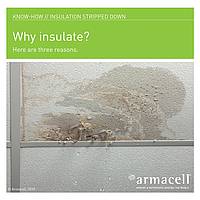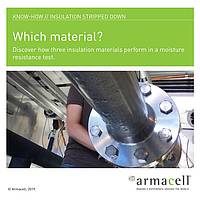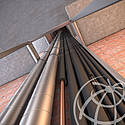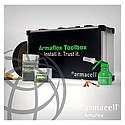Insulation in cold applications
Staying chill in cold applications
For cold systems such as the chilled-water pipes of air-conditioning systems or suction lines of commercial freezers, insulation materials are used systems to prevent condensation. The effects of condensation can be damaging as condensed water dripping from cold applications can affect building users, damage surfaces and other assets in the building.
Condensation can have serious cost implications as it may result in a loss in thermal performance of the insulation material, corrosion under insulation can occur undetected, and it may cause structural degradation of the cold application. A complete replacement of the cold system would have to be considered and this cost could have been prevented if the right insulation material of the right thickness is installed with proper application techniques at the beginning.
How do I choose an insulation material for a cold application project?
When choosing an insulation material for your project, consider the following:
- What is the operating temperature?
- Should your insulation material have high resistance to water vapour transmission?
- Do you need a cladding to protect the insulation material from mechanical impact?
A closed-cell elastomeric foam insulation material is preferred for cold applications as it can serve temperatures as low as -50°C and its closed-cell structure minimises moisture penetration to ensure long-term protection against corrosion under insulation. As an elastomeric foam insulation material has a naturally high resistance to water vapour transmission, it removes the need for an additional water vapour barrier.
If a cladding is required for mechanical protection, the insulation thickness should be recalculated as there will be a difference in the surface emissivity value of the cladding as compared to bare insulation material. A technical insulation calculator such as ArmaWin is handy in such situations to help you identify the right material.
Don't forget to use the right adhesive!
Good bonding results can only be achieved if the adhesive used is suitable for the project on hand. Learn more about adhesives here.
Discover what you need to take note of in our series of know-how guides. Click on each image below to read more.




